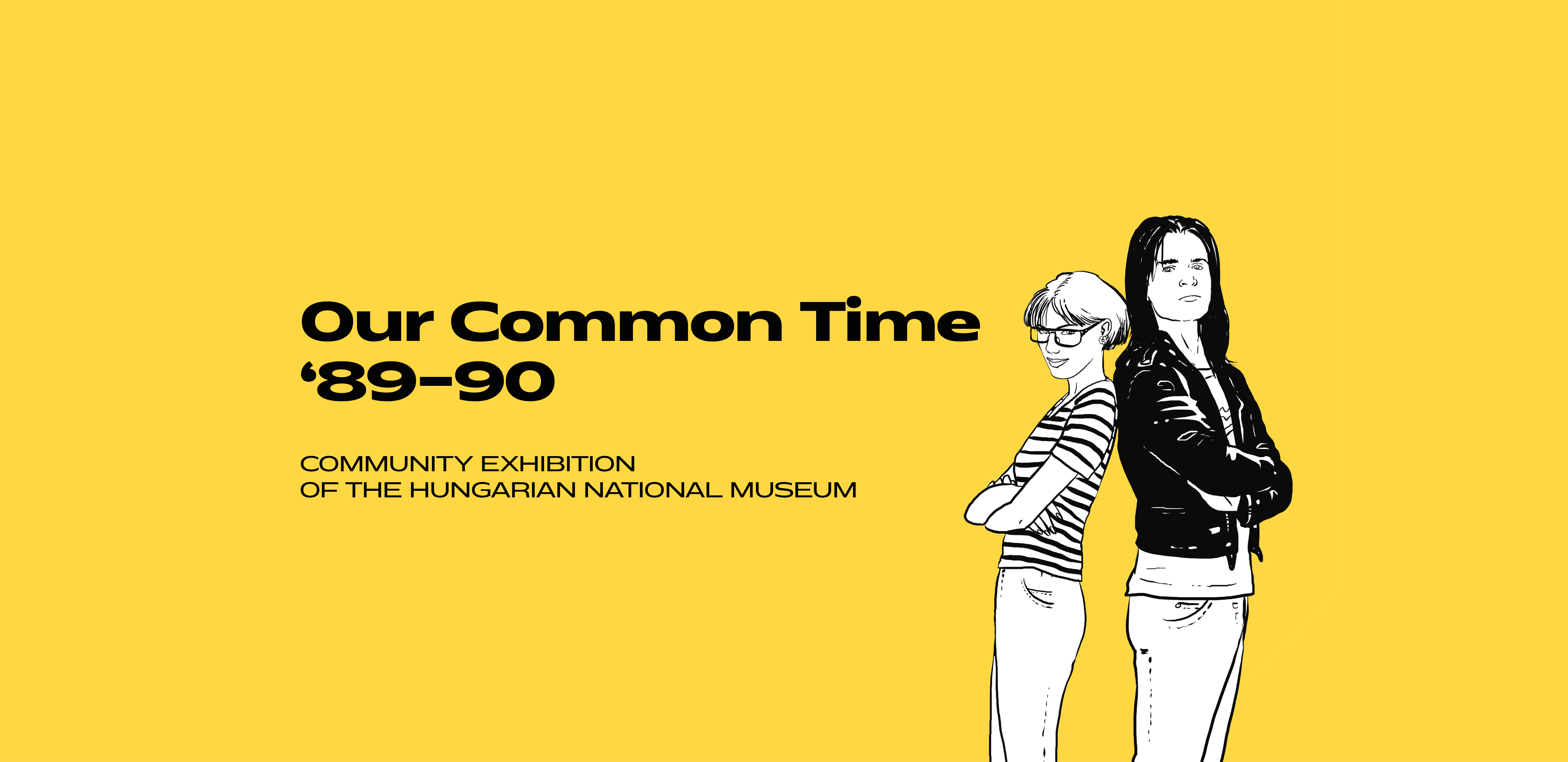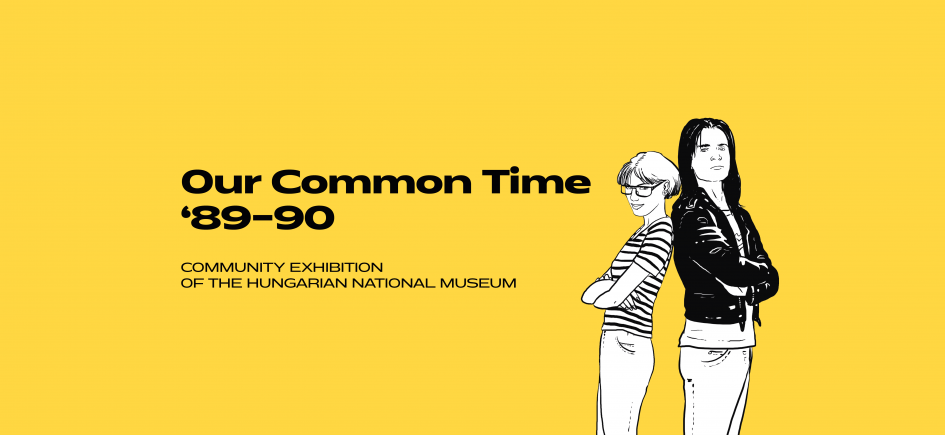
1989 was one of the most significant years in Hungary’s 1100-year history.
Due to opposition movements in both Hungary and the surrounding Socialist countries, as well as Gorbachev’s reforms in the USSR, the dictatorship of the Kádár regime had been loosening for decades – and reached its breaking point in 1989, bringing forth extraordinary changes in politics, society and lifestyle.
Society, accustomed to the dictatorship well known by the name of General Secretary János Kádár, realized in 1989 that something few dared to dream of could finally happen. Namely, that Hungary’s citizens could soon live once again in a sovereign country governed by democratic laws, and, after 45 years, could once again decide their fate and future for themselves. This was at stake in 1989, and Hungary took the hurdles successfully. The dictatorship was demolished without violence and bloodshed, so finally in 1990, citizens could decide about their life from then on at democratic, free parliamentary elections.
This exhibition of the Hungarian National Museum, Our common time ’89-90, aims to commemorate this process, the time of the regime change, defined in a broader context of time and space.
At the end of January 2019, the museum called for our fellow Hungarians to share their stories and tangible memories of the era with us. During the past year, we kept on accumulating objects, photographs and documents at the museum; meanwhile we organised more than a dozen varied programmes around the Our common time project.
Thanks to all this, visitors can see a really particular exhibition, called collective exhibition for a reason: it is based on a homogenous collection of material handed over by more than 50 offerers. The pieces reflecting 1989 from the museum’s own collections only complement these.
We then placed all this inside the story of a parallel comic, with which we aimed to highlight the individual experience of the events and the importance of civilian initiatives. Though contemporary protagonists of the events and political processes of course do appear at the exhibition, we especially tried to paint a picture of the social environment, the feelings and approaches of ordinary people.
We hope that the expression of “collective exhibition” does not appear on the welcome wall just as an empty slogan; visitors, once they have walked through the halls, might feel like they too have become characters of the story, taking part in it. Just as the eager offerers have been, who shaped this exhibition in reality too with their preserved memories.








